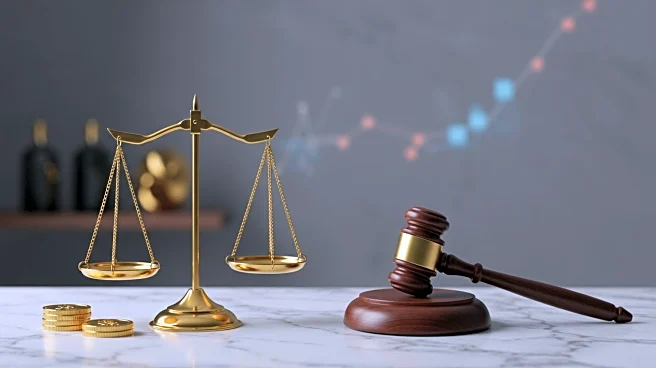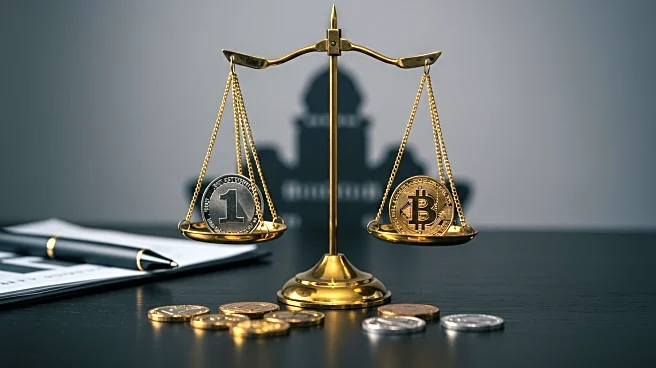What is the story about?
What's Happening?
The U.S. Securities and Exchange Commission (SEC) is altering its regulatory stance on crypto tokens, with Chair Paul Atkins indicating that only a limited number of digital assets should be classified as securities. This represents a shift from the previous administration under Gary Gensler, who argued that most crypto tokens fell under the SEC's securities framework. Atkins emphasized that the classification of a token should be based on the context of its sale and use, rather than its inherent structure. This approach aims to reduce legal uncertainty for crypto projects and encourage innovation. The SEC's new direction is supported by the President's Digital Assets Group, which seeks to modernize digital asset regulation. Additionally, the President's Working Group on Digital Assets has released a report outlining strategic priorities, and Congress is advancing the Digital Asset Market Clarity (CLARITY) Act with bipartisan support.
Why It's Important?
The SEC's revised approach to crypto regulation could have significant implications for the digital asset industry in the United States. By reducing the number of tokens classified as securities, the SEC may lower the legal risks for crypto projects, potentially fostering a more innovative environment. This shift could also lead to a more predictable and collaborative regulatory landscape, benefiting market participants. The move aligns with broader political developments, including the President's Working Group on Digital Assets and the CLARITY Act, which signal a growing consensus on the need for structured regulation. Industry observers view these changes positively, as they may decrease the number of crypto projects subject to securities law enforcement, thereby encouraging growth and stability in the sector.
What's Next?
As the President's Digital Assets Group progresses, the SEC's evolving stance is expected to influence enforcement practices and the broader digital asset ecosystem. With a clearer regulatory framework anticipated, the stage appears set for a more stable and structured environment for crypto innovation in the United States. The ongoing development of the CLARITY Act and the strategic priorities outlined by the President's Working Group will likely guide future regulatory actions, potentially leading to further legislative and policy changes in the crypto space.
Beyond the Headlines
The SEC's shift in crypto regulation may have deeper implications for the legal and cultural dimensions of digital assets. By focusing on the context of token sales and use, rather than their inherent structure, the SEC is adopting a more nuanced approach that could redefine how digital assets are perceived and utilized. This could lead to long-term shifts in the industry's regulatory landscape, influencing how businesses and investors engage with crypto technologies.
AI Generated Content
Do you find this article useful?












